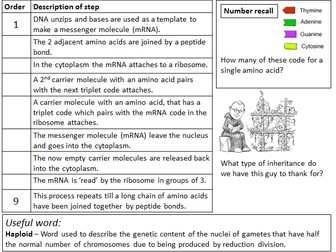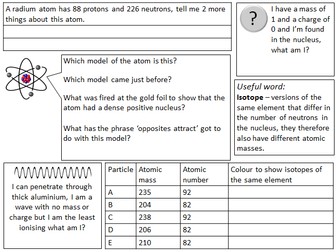
pH card pack
Like a standard pack of cards, but with one key difference. There are 4 suits each with 13 cards (pH numbers, UI indicator colours, Examples and type/strength). The can be used as a normal pack of cards to play snap, encouraging pupils to match pH number with the right UI colour, or example with the right pH number...so on and so forth. There are suggestions for games, including 'Neutral' where pupils play snap but instead of matching pHs they have to neutralise, this is a higher level game requiring a much better level of understanding so could be suited to KS4 aswell.

